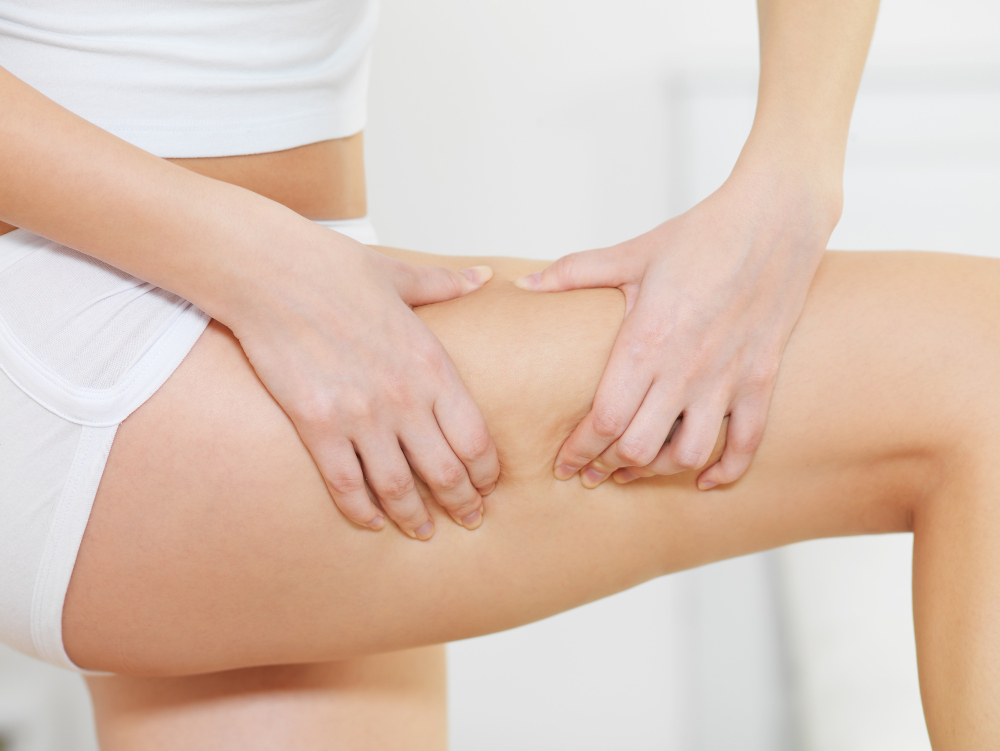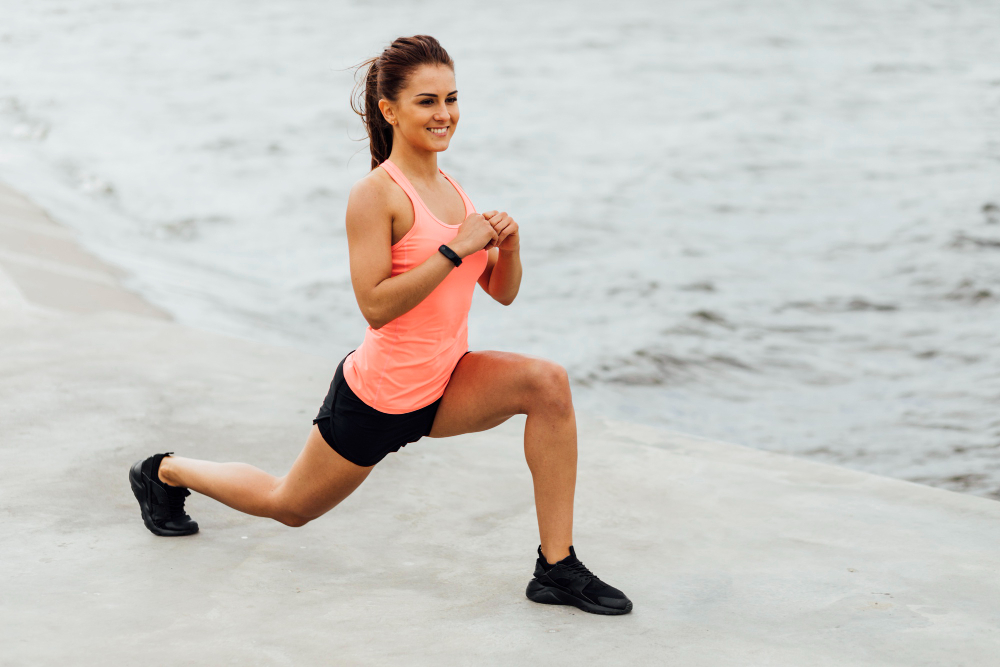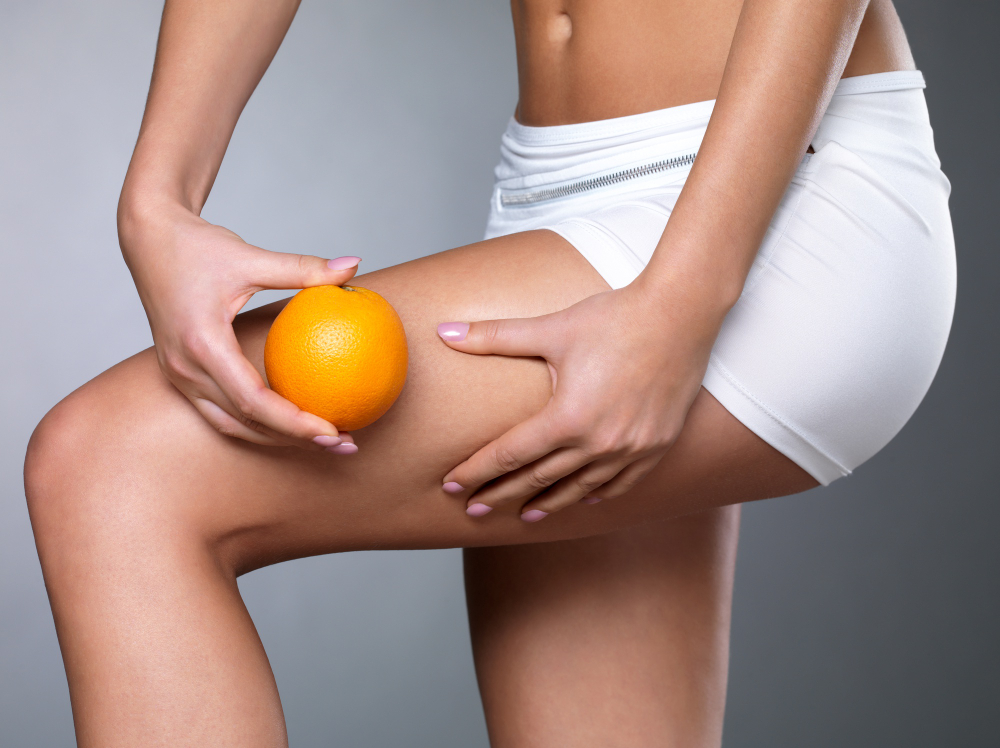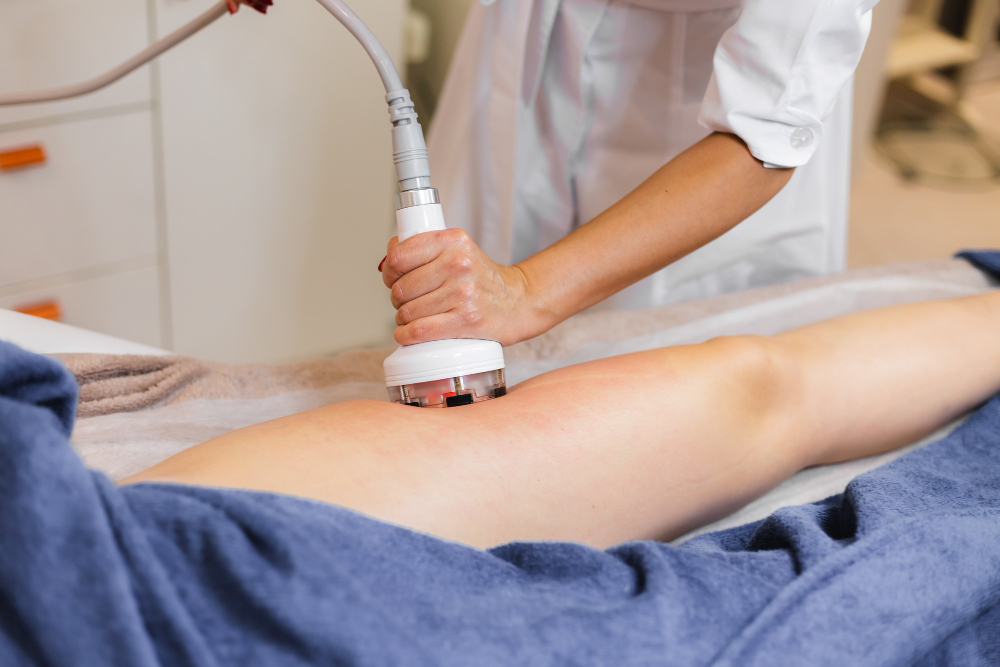
Cellulite is a common concern for many individuals, impacting people of all shapes and sizes. While it doesn’t pose any serious health risks, it can affect one’s self-esteem and body confidence. Understanding what cellulite is, its causes and the available treatments can empower individuals to make informed decisions about managing this condition. In this blog post, we will delve into the intricacies of cellulite, exploring its origins, symptoms, and various treatment options.
What is Cellulite?
Cellulite refers to the dimpled or lumpy appearance of the skin, often likened to an orange peel or cottage cheese. It occurs when fat deposits push through the connective tissue beneath the skin, creating a bumpy texture. While it can appear on various parts of the body, it is most commonly found on the thighs, buttocks, and abdomen. Factors such as age, genetics, and hormonal changes can contribute to the development of cellulite.
Causes of Cellulite

We’re going to explain the simple truths about cellulite as we break down how your genes, collagen, and lifestyle impact its appearance.
- Genetics: A family history of cellulite may increase an individual’s predisposition to developing it.
- Hormonal Changes: Fluctuations in hormones, particularly estrogen, play a role in the development of cellulite. This is why it is more prevalent in women than men.
- Lifestyle Factors: Sedentary lifestyles, poor dietary choices, and smoking can contribute to the formation of cellulite.
- Connective Tissue Structure: Individuals with weaker or less elastic connective tissue may be more prone to cellulite.
Symptoms of Cellulite

Here are a few symptoms of cellulite you should know about so you can understand the specific treatments required to reduce its appearance.
- Dimpled Skin: The primary visual symptom of cellulite is the presence of dimpled or lumpy skin.
- Localised Fat Deposits: Cellulite often occurs in areas with concentrated fat deposits, such as the thighs and buttocks.
- Skin Sensation: In some cases, the affected skin may feel tender or slightly painful when pressed.
Treatments for Cellulite

Bodycraft Clinic offers a few treatments that can help with cellulite reduction. Get in touch with our experts for a complimentary consultation and our dermatologist will guide you in choosing the right treatments.
1. Coolsculpting
CoolSculpting is a cutting-edge, non-surgical solution which is approved by the FDA to diminish stubborn fat pockets using cryolipolysis. This innovative technique freezes and eradicates fat cells, ensuring safety compared to traditional liposuction. Experience a remarkable 20-25% fat reduction in treated areas, with visible results in just one to three months.
2. Evolve
Evolve is an advanced body contouring treatment comprising three components: Tite, Tone, and Trim. Tite tightens skin on any body part by applying heated applicators to the target area, promoting subdermal skin cell repair. Tone utilises Electrical Muscle Stimulation (EMS) for muscle contractions, enhancing tone and providing a youthful appearance. Trim employs vacuum-assisted radiofrequency to trim stubborn body fat.
Takeaway
While cellulite is a common cosmetic concern, it’s essential to recognise that it is a natural part of many people’s bodies. Understanding the causes and available treatments can empower individuals to make choices that align with their preferences and values. Embracing a healthy lifestyle, exploring non-invasive treatments, and seeking professional advice when needed can contribute to managing cellulite and promoting overall skin health. Remember, everybody is unique, and what matters most is how you feel in your skin.
FAQs Around Cellulite
1. What can’t I eat if I have cellulite?
There is no specific diet to eliminate cellulite, but certain dietary changes may help improve the appearance of your skin. It’s generally advised to reduce your intake of processed foods, sugary snacks, and excessive salt, as they can contribute to water retention and inflammation. Increasing your consumption of fruits, vegetables, and foods rich in antioxidants and staying hydrated can support overall skin health.
2. Is cellulite contagious?
No, cellulite is not contagious. Cellulite is a common condition caused by the way fat is stored beneath the skin. It is not a communicable or infectious condition, and it cannot be transmitted from one person to another through physical contact.
3. How soon after treatment will I start to see results?
The timeline for seeing results from cellulite treatments can vary depending on the method used. Some treatments, such as topical creams or massages, may show subtle improvements. More invasive procedures, like laser therapy or radiofrequency treatments, might yield faster results, but it often takes several sessions to achieve noticeable changes. It’s essential to consult with a healthcare professional or a licensed aesthetician to get accurate information based on the specific treatment you’re considering.
4. Can body massage reduce cellulite?
While body massage can improve blood circulation and lymphatic drainage, there is limited evidence to support the claim that it directly reduces cellulite. Some people may experience temporary improvements in skin appearance and texture due to increased blood flow, but long-term effects are not guaranteed. Combining massage with a healthy lifestyle, including proper diet and exercise, may improve overall skin health.
5. Can cellulite go away with exercise?
Regular exercise, especially a combination of cardiovascular workouts and strength training, can help reduce the appearance of cellulite by improving muscle tone and promoting fat loss. However, it may not eliminate cellulite for everyone. Genetics and other factors play a role in the development of cellulite, so while exercise can be beneficial, it may not be a standalone solution.
6. Does collagen get rid of cellulite?
There is limited scientific evidence to suggest that collagen supplements or treatments can effectively eliminate cellulite. Collagen is essential for skin elasticity and firmness, but its direct impact on cellulite reduction is not well-established. Maintaining a healthy diet with foods that support collagen production and overall skin health, such as vitamin C-rich fruits and vegetables, may contribute to better skin tone. However, individual responses can vary, and it’s essential to consult with a healthcare professional for personalised advice.